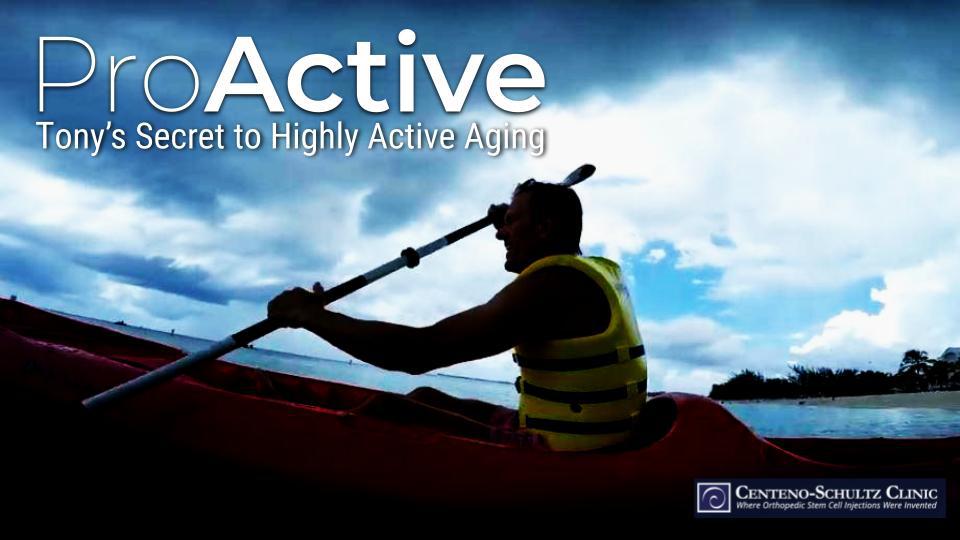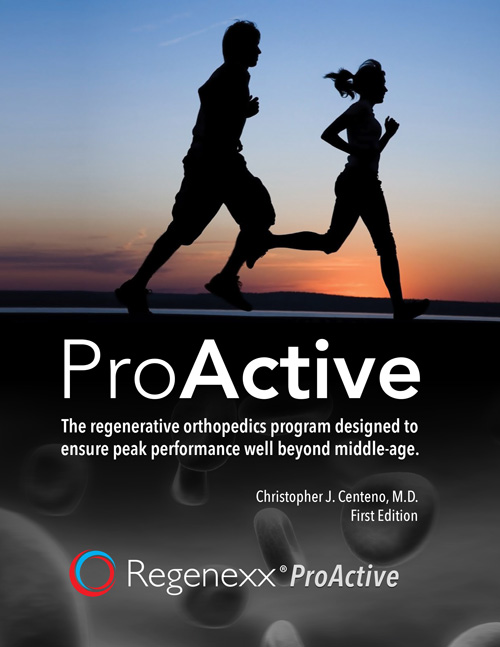I am now officially 56. I can no longer claim to be in my early 50s! So how do you stay active as you age? In this tips and tricks for the aging athlete series, I’ll go over what I do to stay active.
Getting Old is Not for Sissies
Man, it’s tough getting old. Your body aches more, stuff that used to just magically heal doesn’t or takes a long time, and injuries from long ago tend to talk to you. Add into that the new problems that crop up and it’s clear, as I personally go through it, you need a game plan. I wrote a book a few years back about my game plan:
The basic idea behind the book was that you should follow these basic guidelines:
- Avoid orthopedic surgery whenever possible. This is the stuff that comes back to bite you once you start to age. I treat patients all day every day who had a knee, shoulder, or back surgery 10-20 years ago and now that area is a mess. Hence, use interventional orthopedics. What’s that? Watch my video below:
- Try to control your diet, inflammation, and weight. For me, this is moderating carbs, using anti-inflammatory supplements, and using hormone replacement. More on those in the book.
- Treat small problems while they’re small. Most patients have a hard time listening to their bodies. You need to master this art of knowing what’s just normal soreness and what’s a nascent problem. Once you have a small problem, use less invasive physical therapy or orthobiologics to treat it.
There’s more in the book!
What’s this Series About?
What do I do to stay active? What tips can I give you? My goal is to give advice on this blog, our Facebook page, or our other social media outlets once a week. What’s my first tip?
This Week’s Tip: Treat Small Problems While They’re Small
To elaborate on the book, I have a pain in my left outside hip right now. I know it’s related to irritated nerves in my low back and it tends to come and go and gets worse when I sit. Hence, I’m going to start with one of my tips from above, treat small problems while they’re small. Hence, this coming Monday I’ll get my blood taken, my platelets concentrated, and you can watch me as I get my back and the left Iliotibial Band injected. To learn more about the ITB, see my video below:
* If you’re lifting weights, check out the 7 things you should know by check out the Lifting Weights with Back or Neck Pain: 7 Things You Need to Know blog post

